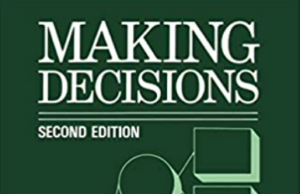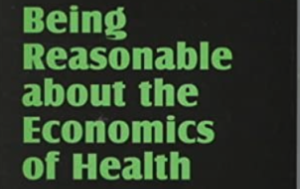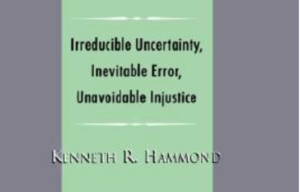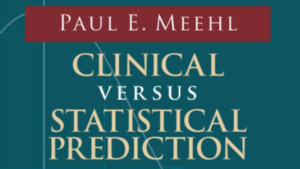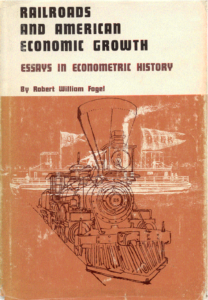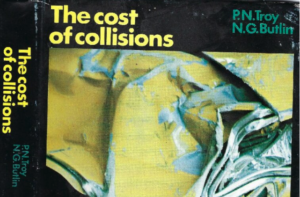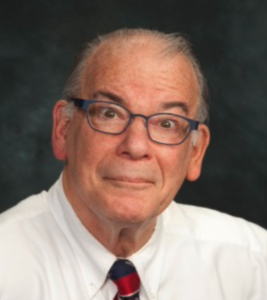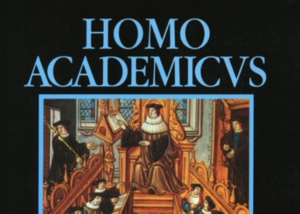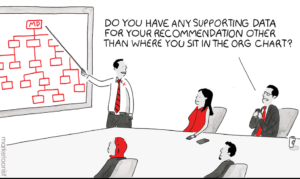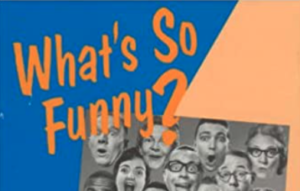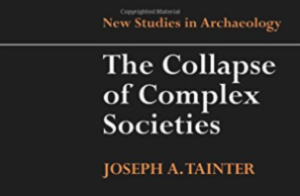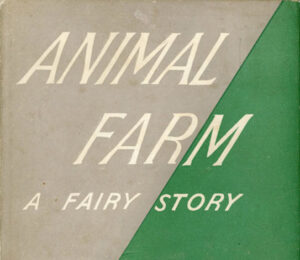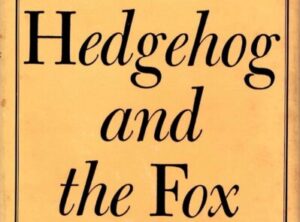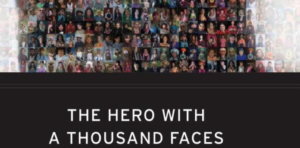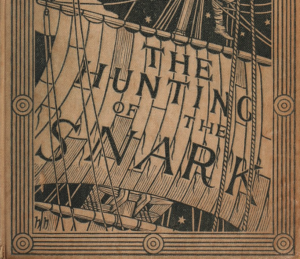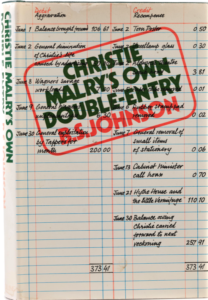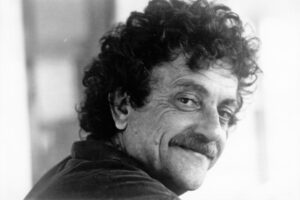Making Decisions (2nd edition), Chichester: John Wiley 1991 (1st edition 1971).
Understanding Uncertainty, Chichester: John Wiley 2014. ‘Subjective Probability, Decision Analysis and their Legal Consequences’, Journal of Royal Statistical Society A, 1991 154 (1) 83-9. Adrian Smith, ‘A conversation with Dennis Lindley‘ Statistical Science 1995, 10 (3) 305-19.Tony Culyer and Alan Maynard (eds.) Being Reasonable about the Economics of Health: Selected Essays by Alan Williams, Cheltenham : Edward Elgar, 1997
My review in Health Economics, 8, 181–185
Anne Mason and Adrian Towse (eds.) The Ideas and Influence of Alan Williams: Be Reasonable – Do it My Way! Radcliffe Publishing Ltd, 2007
Collection of materials from York about Alan’s work, including set of videos from 1999
Human judgement and social policy: Irreducible uncertainty, inevitable error, unavoidable injustice, Oxford University Press, 1996.
[with Leonard Adelman] ‘Science, Values, and Human Judgment‘ Science 1976, 194 (4263) 389-396
‘How convergence of research paradigms can improve research on diagnostic judgment‘ Medical Decision Making 1996, 16 (3), 281-287
‘Intuition, No! . . . Quasirationality, Yes!‘ Psychological Inquiry 2010 21 (4) 327–337
Mandeep Dhami and Jeryl Mumpower, ‘Kenneth R. Hammond’s contributions to the study of judgment and decision making‘ Judgment and Decision Making 2018, 13 (1) 1-22
Clinical versus Statistical Prediction : A Theoretical Analysis and a Review of the Evidence University of Minnesota Press, 1954;
‘Causes and effects of my disturbing little book’ Journal of Personality Assessment 1986 50 (3) 370-375;
‘Why I never attend case conferences’, Psychodiagnosis: Selected papers (pp. 225-302, adapted). Minneapolis: University of Minnesota Press, 1973.
Robert William Fogel, Railroads and American Economic Growth: Essays in Econometric History, Baltimore: The Johns Hopkins University Press, 1964.
‘As if or not as if: the economic historian as Hamlet‘ Australian Economic History Review 7 (1) 1967 [My review of reviews]
Time on the Cross: The Economics of American Negro Slavery. with Stanley L. Engerman, Little, Brown and Company, 1974; and Time on the Cross: Evidence and Methods — A Supplement.
Robert William Fogel and G. R. Elton, Which Road to the Past? Two Views of History, Yale University Press, 1983
The Cost of Collisions, Melbourne : Cheshire, 1971.
Australian Domestic Product. Investment and Foreign Borrowing 1861-1938/39 Cambridge University Press, 1962; Investment in Australian economic development, 1861-1900, Cambridge UP, 1964
Claire Wright, Occupying the interdisciplinary space: A visualisation of Australia’s economic history field, 1950 – 1991, PhD thesis, University of Wollongong, 2017 [See especially ch 6 on the ANU part of the network and ch 7 on Noel Butlin]
‘Clinical Decision Analysis by Personal Computer‘ Archives of Internal Medicine 1981 141 (13) 1831–1837 (with Jerome Kassirer)
The toss-up’ New England Journal of Medicine 1981 1305 (24) 1467-9 (with Kassirer)
‘The threshold approach to clinical decision making’ N Engl J Med. 1980 302 (20), 1109-17 (with Kassirer)
‘The fallacy of the five-year survival in lung cancer’ N Engl J Med. 1979 299 (25) 1397-1401 (with Barbara McNeil and Ralph Weichselbaum)
‘Prenatal diagnosis: A directive approach to genetic counseling using decision analysis‘ Yale Journal of Biology and Medicine. 197 50 275-289 (with Susan Pauker)
Homo Academicus (trans Peter Collier) Stanford University Press 1988
Michael Burawoy, Symbolic Violence: Conversations With Bourdieu Duke University Press, 2019
The academy is shown to be not just a realm of dialogue and debate, but also a sphere of power in which reputations and careers are made, defended and destroyed… constructs a map of the intellectual field in France and analyzes its forms of capital and power.
The Peter Principle (with Raymond Hull), New York: William Morrow, 1969
Alan Benson, Danielle Li, Kelly Shue, ‘Promotions and the Peter Principle’, The Quarterly Journal of Economics 2019 134 (4) 2085–2134 [“Using microdata on the performance of sales workers at 131 firms, we find evidence consistent with the Peter Principle, which proposes that firms prioritize current job performance in promotion decisions at the expense of other observable characteristics that better predict managerial performance.”]
The Collapse of Complex Societies, Cambridge University Press 1988
Tainter describes nearly two dozen cases of civilisations collapsing and reviews more than 2000 years of explanations. He develops a theory that accounts for collapse among diverse kinds of societies – societies collapse when they hit a point of rapidly declining marginal returns on their investments in problem-solving capacity – evaluating his model and clarifying the processes of disintegration by detailed studies of the Roman, Mayan and Chacoan collapses.
Animal Farm was first published in England on 17 August 1945. It tells the story of a group of farm animals who rebel against their human farmer, hoping to create a society where the animals can be equal, free, and happy. Ultimately, the rebellion is betrayed, and the farm ends up in a state as bad as it was before, under the dictatorship of a pig named Napoleon.
1984 was published on 8 June 1949. it centres on the consequences of totalitarianism, mass surveillance and repressive regimentation of people and behaviours within society. More broadly, it examines the role of truth and facts within politics and the ways in which they are manipulated.
The Hedgehog And The Fox: An Essay on Tolstoy’s View of History , 1953
‘The fox knows many things, but the hedgehog knows one big thing.’ This fragment of Archilochus, which gives this book its title, describes the central thesis of Isaiah Berlin’s masterly essay on Tolstoy. There have been various interpretations of Archilochus’ fragment; Isaiah Berlin has simply used it, without implying anything about the true meaning of the words, to outline a fundamental distinction that exists in mankind, between those who are fascinated by the infinite variety of things (foxes) and those who relate everything to a central all-embracing system (hedgehogs). When applied to Tolstoy, the image illuminates a paradox of his philosophy of history, and shows why he was frequently misunderstood by his contemporaries and critics. Tolstoy was by nature a fox, but he believed in being a hedgehog.
The Hero with a Thousand Faces, 1949
Campbell explores the theory that mythological narratives frequently share a fundamental structure. He calls the motif of the archetypal narrative, “the hero’s adventure”. In a well-known passage from the introduction Campbell summarizes the monomyth:
A hero ventures forth from the world of common day into a region of supernatural wonder: fabulous forces are there encountered and a decisive victory is won: the hero comes back from this mysterious adventure with the power to bestow boons on his fellow man.
Charles Lutwidge Dodgson (Lewis Carroll) was a renowned English writer, mathematician, and photographer. He graduated with first class honours in mathematics from Christ Church College, Oxford and held the Mathematical Lectureship there for over 25 years. A daughter of the college dean, Alice Liddell, convinced him to write the stories he would narrate to them during their outings. Carroll obliged and Alice’s Adventures in Wonderland resulted (1865). His other famous works are Through the Looking-Glass and What Alice Found There (1871; a sequel) and mathematical writings like ‘An Elementary Treatise on Determinants’ (1867) and ‘Curiosa Mathematica’ (1888). He also authored The Hunting of the Snark (1876) and Sylvie and Bruno (1889) and Sylvie and Bruno Concluded (1993)
Bryan Stanley William Johnson was an English experimental novelist, poet and literary critic. His early stories used several innovative devices, the second including cut-through pages to enable the reader to skip forward. His work became progressively even more experimental. The Unfortunates (1969) being published in a box with no binding (readers could assemble the book any way they liked, apart from the chapters marked “First” and “Last”, which indicated preferred terminal points. Johnson became depressed by, among other things, his failure to succeed commercially and, aged 40, took his own life. The day before he died he told his agent “I shall be much more famous once I’m dead”. Christie Malry’s Own Double-Entry (1973) is his penultimate novel. It is the metafictional account of a disaffected young man who applies the principles of double-entry bookkeeping to his own life, “crediting” himself against society in an increasingly violent manner for perceived “debits”. Made into a 2000 film directed by Paul Tickell.
All of his books, but above all The Sirens of Titan
The protagonist, after being dispatched to Mars and Mercury, returns to Earth as the messiah of a new religion, the Church of God the Utterly Indifferent. Expected to deliver some momentous message on arrival he responds with what becomes the central text of the Church.“I WAS THE VICTIM OF A SERIES OF ACCIDENTS, AS ARE WE ALL”. It turns out that the major structural accomplishments of earthly civilisations are not accidents, but the results of the attempt by the inhabitants of Tralfamadore, a planet in the Small Magellanic cloud, to send visible messages to a stranded pilot on Titan. Stonehenge means in Tralfamadorian ‘Replacement part being rushed with all possible speed.’The Great Wall of China means ‘Be patient .We haven’t forgotten about you’
